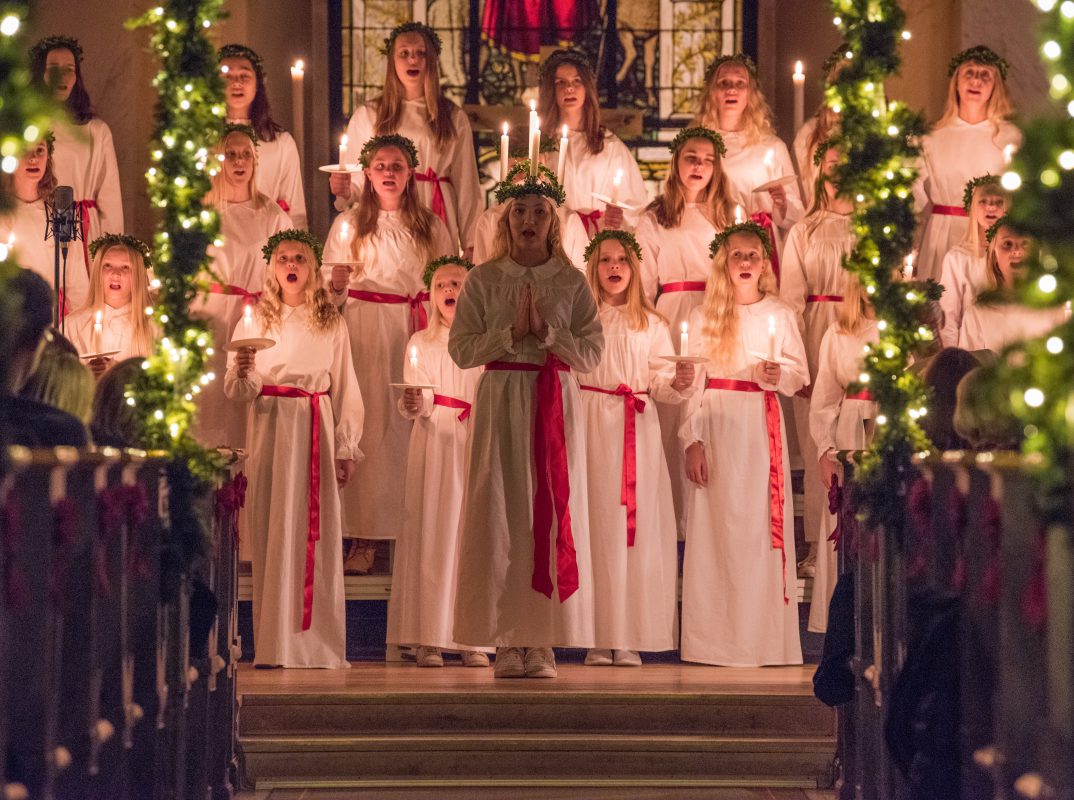Top Stories
Saint Lucia—Darkness Has Not Overcome The Light
Yet tradition runs deep, and Lucia carries a profound meaning for many Swedes.

It is dark and bitterly cold—early morning in Nordic midwinter.
Suddenly, she appears: A beautiful girl, dressed in white, palms pressed together as if in prayer, carrying on her head a crown of flaming candles. Behind her, a procession of girls and boys in white robes, holding candles and stars. Together they perform some of the most cherished songs in the Swedish music tradition a capella.
Such is the magic of the festival of Saint Lucia, celebrated before the break of dawn every December 13 in churches, schools, workplaces and nursing homes around Sweden. The celebration originally commemorated Saint Lucy of Syracuse, a Christian 4th-century martyr who, according to tradition, was killed by the sword for her faith. Today’s Swedish Lucia wears a red band around her waist in honor of this ancient sacrifice.
In recent years, however, the festival has been subject to a recurring debate about gender roles and inclusion. Many girls dream of being voted Lucia of their school or town. But the idea of the young, white-clad virgin is increasingly viewed as problematic. There has been a push for a gender-equal celebration, and municipalities like Malmö and Gothenburg have announced that they will not consider gender when choosing their local Lucia for official celebrations. Last year, public television showed a middle-aged male Lucia in one of its children’s programs, which was met with furor online. None of this will surprise Quillette readers.

Yet tradition runs deep, and Lucia carries a profound meaning for many Swedes. Despite all the noise, the festival is still mostly celebrated the traditional way—with a choir accompanying a young girl dressed in white, wearing a crown of candles, bearing the promise of light that overcomes darkness.






